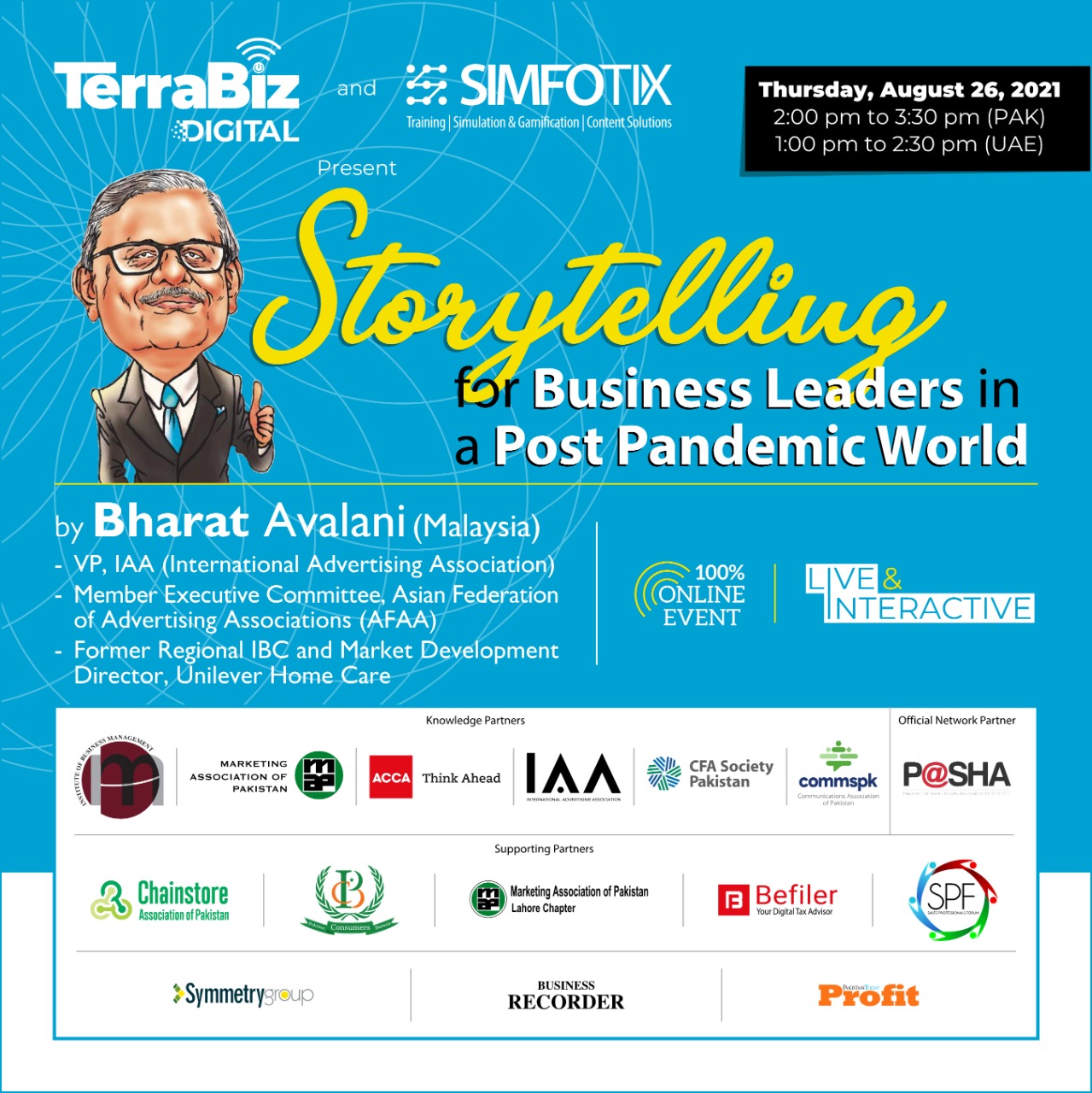A lot of what we do here at Profit is storytelling. Of course, what we call the meat of the story are the facts – the numbers and words we gather and then analyse that make these stories important and why people read them. Our reporters make themselves a nuisance to CEOs and bank presidents, messaging and calling them incessantly, and they trawl through financial statements, and legal documents to make sure that the information our readers are getting is important and accurate.
But after the reporters are done gathering and verifying the information, the process of actually writing the story begins. First the reporters themselves and then the editorial staff need to figure out how the information on hand needs to be conveyed to our readers. Will we make an emotional appeal or instead take on a more dramatic voice? Will we tell the story as a factual narration or a gripping tale?
Our goal is usually to do the latter, particularly when we write one of our longer long-form featured pieces. A barrage of facts and numbers stretching over pages and pages would never keep the attention of our readers. That is why we try to stick to the style of writing popularised as narrative nonfiction. We do not merely want to set the facts straight for the record, we want to communicate the story that those facts tell.

Which is why, perhaps, TerraBiz Digital’s webinar featuring Bharat Avalani was particularly relatable to Profit. Much like politics, the world of business is at the end of the day made up of humans. And while the ethos most businesses aspire to is cold and cutthroat – at the heart of all businesses is human emotion. Every company in the world has a story, and how that story is spun can make or break a business. More than products, particularly in marketing, what we are doing is selling stories.
Inspiration and manipulation – the power of storytelling
A Malaysian expert in Brand Management, Consumer Insights, Media Strategy, Brand Activation, Market Development and Integrated Brand Communication, Avalani is also a Unilever veteran that has crisscrossed 69 countries (including Pakistan on numerous occasions) and comes with decades of experience. Despite his impressive track record in the corporate world, when asked what his profession is, Avalani likes to call himself a “storyteller and a memory collector.”
You see Avalani is a Global Partner of Anecdote International, recognized as a world’s leader in the use of storytelling in business, and the CEO of Connecting the Dots Marketing Consultancy. Avalani believes that effective communication from business leaders comes not from a place of power through which business leaders assert themselves, but through a place of common human emotion and shared experience. Famous for his workshops, Avalani has made it his mission to teach leaders in business how to effectively communicate to their employees, their partners, and their bosses through storytelling. At the webinar hosted by TerraBizz, the full force of Avalani’s acumen was on display as he explained the depths of storytelling, and it’s very practical uses in the corporate world.
“Storytelling is a skill in business, not an art. It is a tool you use for effective communication and nothing else” he told the more than 600 strong webinar audience on Thursday. “The question is, where does storytelling help? And the answer is that it helps us to inspire and engage with our audience no matter what that audience is” he explained.
This was an interesting moment in the discussion, particularly because it happened in the beginning parts of the webinar. Very early on Avalani did away with any pretenses that writers of business executives had about the soul or essence of storytelling. For writers and other people with an artistic vision, telling stories is all about emotion and vitality. And yes, while this is true for storytelling in business too, the goal must be very clear – it is to communicate better so you can run your business better. It was a startling moment, particularly because in very clear words he was saying business leaders should appeal to the emotional side of people to inspire them into action or convince them. In such a moment, a very fine line is drawn between inspiration and manipulation – both of which can be achieved through stories. This philosophy does away with the wishy-washy ‘artistic’ view of storytelling and utilises storytelling instead as not a ‘soft skill’ but a solid tool used by business leaders to get their way and inspire people.
In this way, Avalani draws a barrier between regular storytelling and storytelling in business. However the one thing he stresses on and finds in common between business storytelling and more artistic storytelling is that all storytelling is, at the end of the day, communication. Great authors communicate our greatest fears, hopes, and desires in words that we ourselves cannot frame. The reason Shakespeare is so eternal is because he managed to communicate base human emotions to us in poetry – he framed in beauty both love and treachery, he exalted both loyalty and cowardice, and presented to us as equals both love for country and love for the self. In the same way, Kafka managed to communicate the absurdism and aporias of modern life and Toni Morrison communicated the realities of race and gender in expressions we never knew we had the capability to comprehend let alone formulate. It is als why Ronal Reagen, the 40th President of the United States famous for his quips and jokes, is still today remembered as ‘the great communicator’ – because he used stories to reach into the hearts of a people and embed himself in them.

All of these are examples of communication through storytelling for different purposes. In the case of business, storytelling can be an effective way to communicate and make money. “At one end of the communication spectrum is the ‘assertion’ approach that focuses on statements, opinions and abstract concepts. At the other end of the spectrum is the ‘story’ method that focuses on specific moments,” says Avalani. The first approach, essentially means coming from the top and using power and influence to steamroll other people. The storytelling approach means using anecdotes, parables, examples, and personal philosophies to appeal to the emotional side of the people you are trying to communicate with. It is a little dark when one thinks about it – Avalani is sugges
“But there is a problem. In our research into leader communication, we estimate that about 90% is strongly oriented towards the ‘assertion’ method. In essence, leaders are not making considered communications choices, they are defaulting to a method they have been conditioned to use — a method taught from the time we leave primary school, reinforced at University and beaten into us in the workplace. True, the assertion method has valid applications and some strengths, but it also has major limitations,” says Avalani.
According to Avalani, in research his organization conducted in 2019, two videos were shared with nearly 1000 business leaders. One used the assertion method; the other used the story method. The participants were then asked to record one or two words describing their reaction to each version. For the video using the assertion method, the most frequently used words were ‘boring’, ‘cold’, ‘arrogant’ and ‘unengaging’. For the story approach, the most frequently used words were ‘emoting’, ‘engaging’, ‘passionate’, and ‘inspiring’.
The difference between the two methods is as clear as night and day. There is much more that can be made of it, and much more that was said at the webinar. Alvani told stories of his visits to Pakistan in 1996 and then again in 2015 and the lasting impact those had on him. He answered questions about his storytelling method. He said, for example, that a story in the world should be told without ever saying “I am going to tell you a story” – because the perception is that stories are used to manipulate people and get out of situations and make excuses. The story should flow naturally and it should aim to inspire and move the person that is being talked to without them feeling like they are being subjected to something untowards.
The essence of the webinar, and Alvani’s philosophy, however was clear. The most successful leaders are storytellers. By mastering business storytelling they achieve extraordinary business results. As a modern – day leader, you know you should develop this skill, but you don’t have the time to do this in an ad- hoc way. What you need is a practical, reliable method to follow, one that will allow your business to reap the benefits of storytelling as soon as possible.









